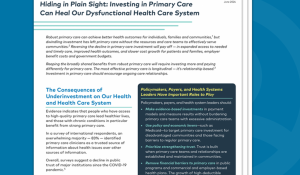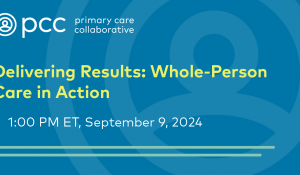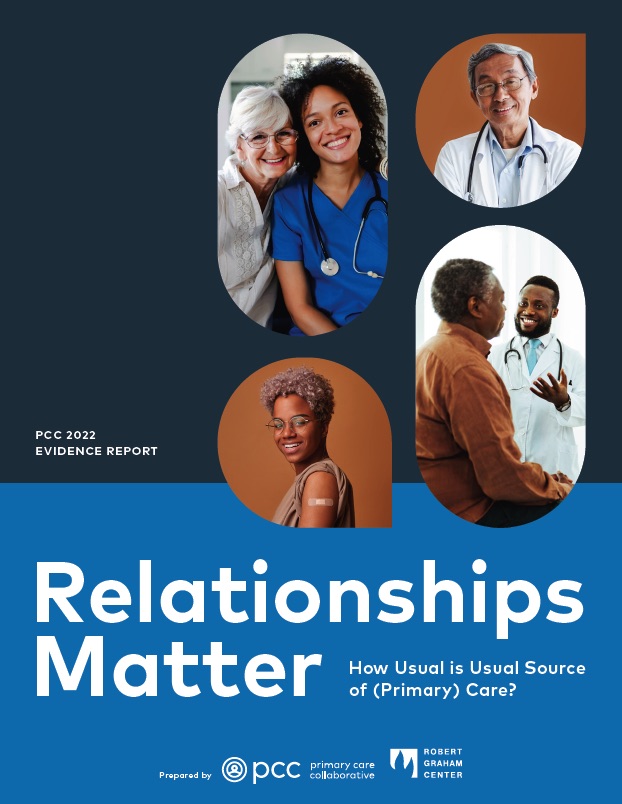New CMS Administrator Confirmed
On May 25, Chiquita Brooks-LaSure was confirmed as the next Administrator of the Centers for Medicare & Medicaid Services. She is the first Black woman to fill the role. Her confirmation process had been delayed following controversy over the administration’s decision to revoke a Texas Medicaid 1115 Waiver, but ultimately went forward with 50 Democrats and 5 Republicans voting to confirm her.
CMS’s Next Gen Model Ending
The Centers for Medicare & Medicaid Services announced the week of May 24 that the Next Generation ACO model will end on December 31, without an additional year extension. However, Next Gen ACOs will be given the opportunity to apply for the Global and Professional Direct Contracting model. (Next year’s Direct Contracting model will not re-open to any other entities.) According to PCC Executive Member NAACOS, the Next Gen program saved Medicare $1.4 billion in 2019 after accounting for shared savings/losses and discounts paid to CMS.




